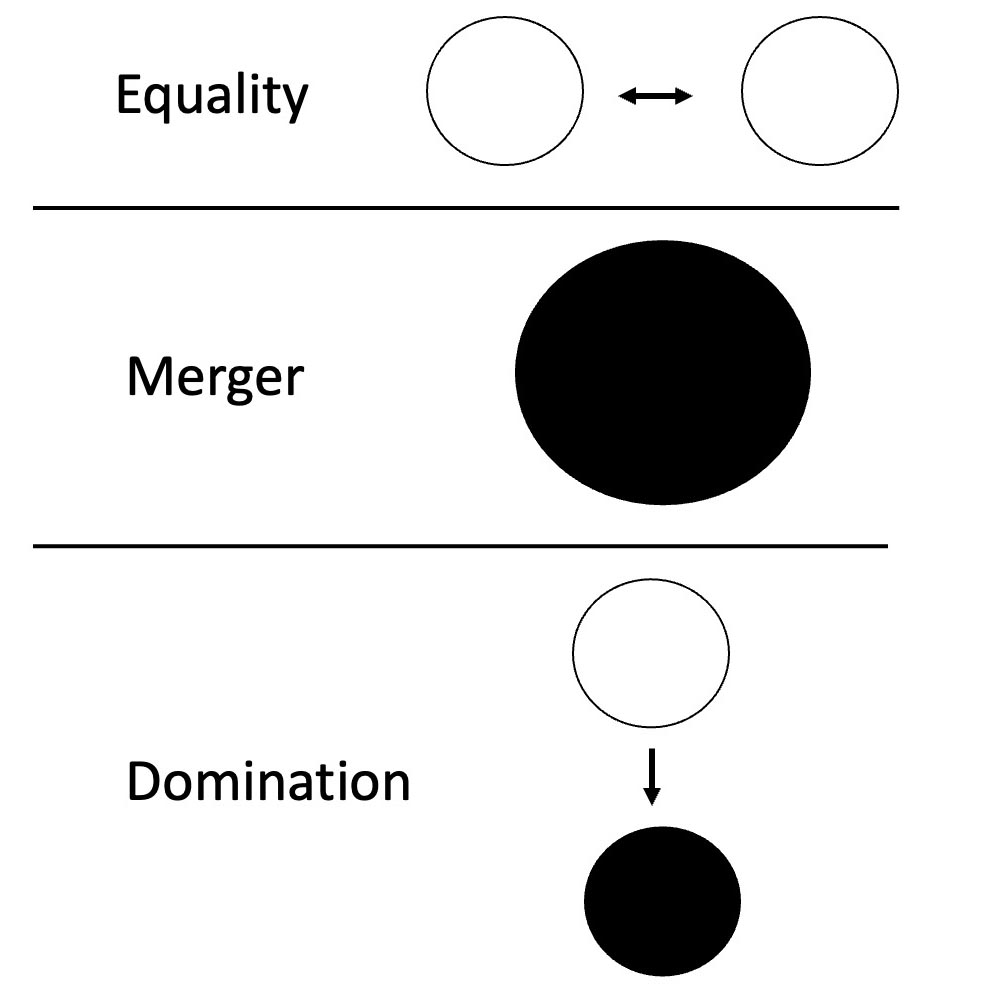About eating chocolate…and wanting the piece that is still in my hand.
 In Zen, as in Douglas Adams’ The Hitchhikers Guide to the Galaxy, there is talk of characters who have two heads. In Adams’ book, it’s a character named Zaphod Beeblebrox. In Zen, it comes from a talk by the 9th century Chinese Master Linji:
In Zen, as in Douglas Adams’ The Hitchhikers Guide to the Galaxy, there is talk of characters who have two heads. In Adams’ book, it’s a character named Zaphod Beeblebrox. In Zen, it comes from a talk by the 9th century Chinese Master Linji:
…There are indeed so far none who have presented themselves before me all alone, all free, all unique… They are all ghostly existences, ignominious gnomes haunting the woods, elf-spirits of the wilderness….Do you think you deserve the name of ‘monk’ when you are still entertaining mistaken ideas of Zen? You are putting another head over your own! What do you lack in yourselves?
Zen teachings tell us continually that “this is it,” that there is no need to keep seeking for something beyond, for something outside of ourselves. I’ve made a practice for myself of asking “Which head am I in?” Am I in this head that rests on top of my neck, connected to my spine, my heart, and the feelings and sensations that are going on right now? Or am I feeling, thinking, and acting from the additional head I’ve constructed on top of that one? Continue reading “Another Head”






 In Zen, as in Douglas Adams’ The Hitchhikers Guide to the Galaxy, there is talk of characters who have two heads. In Adams’ book, it’s a character named Zaphod Beeblebrox. In Zen, it comes from a talk by the 9th century Chinese Master Linji:
In Zen, as in Douglas Adams’ The Hitchhikers Guide to the Galaxy, there is talk of characters who have two heads. In Adams’ book, it’s a character named Zaphod Beeblebrox. In Zen, it comes from a talk by the 9th century Chinese Master Linji: